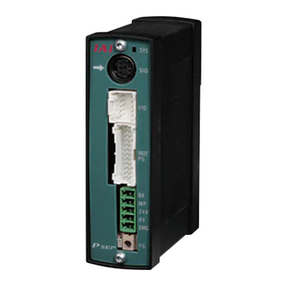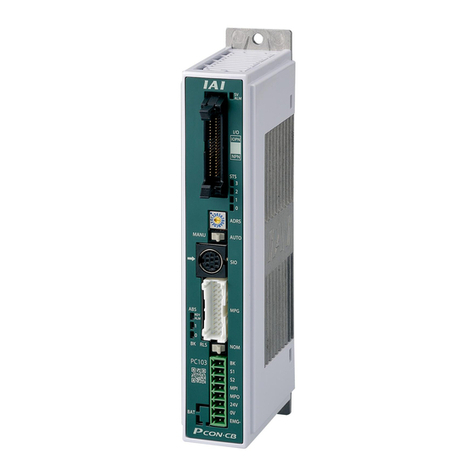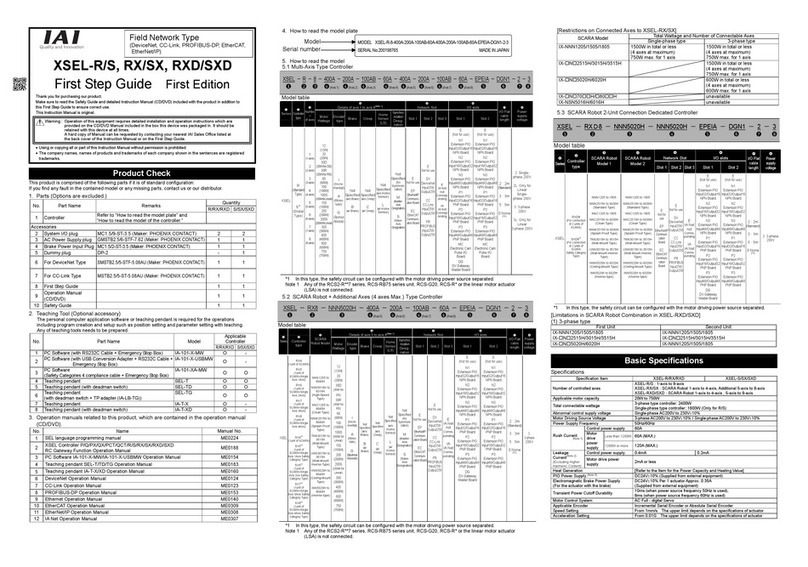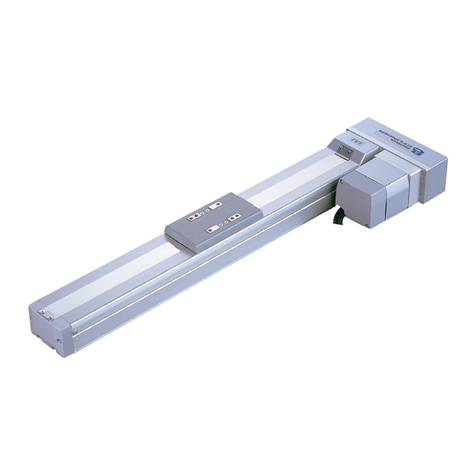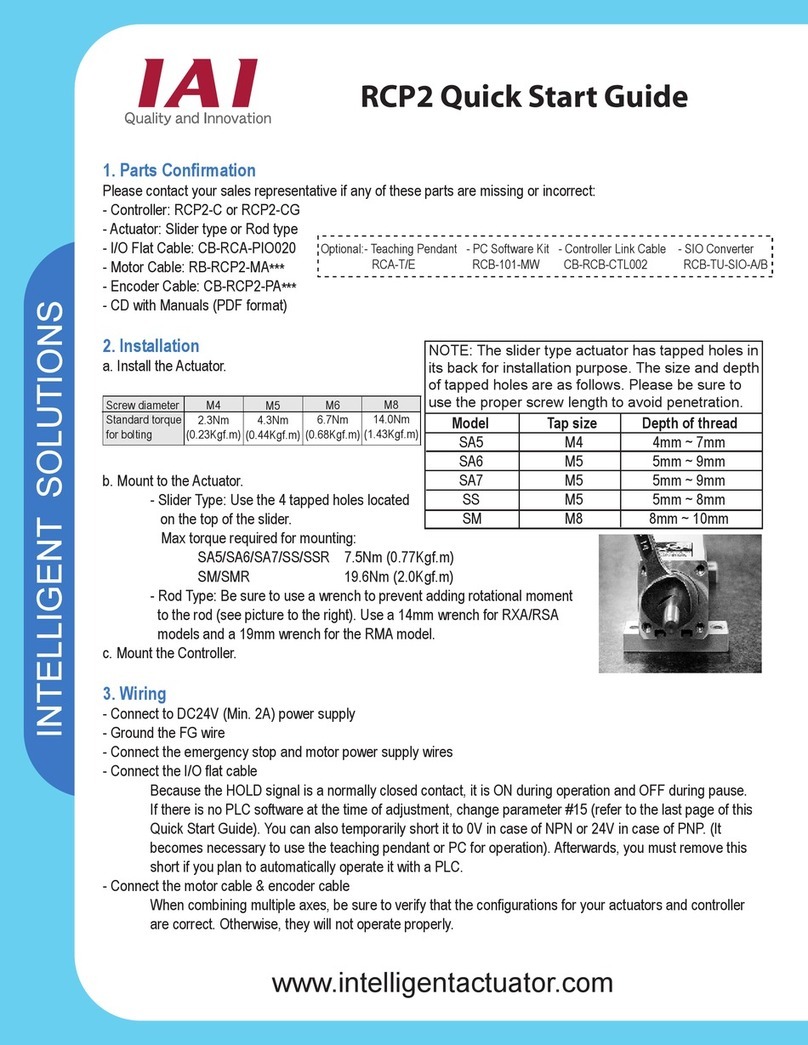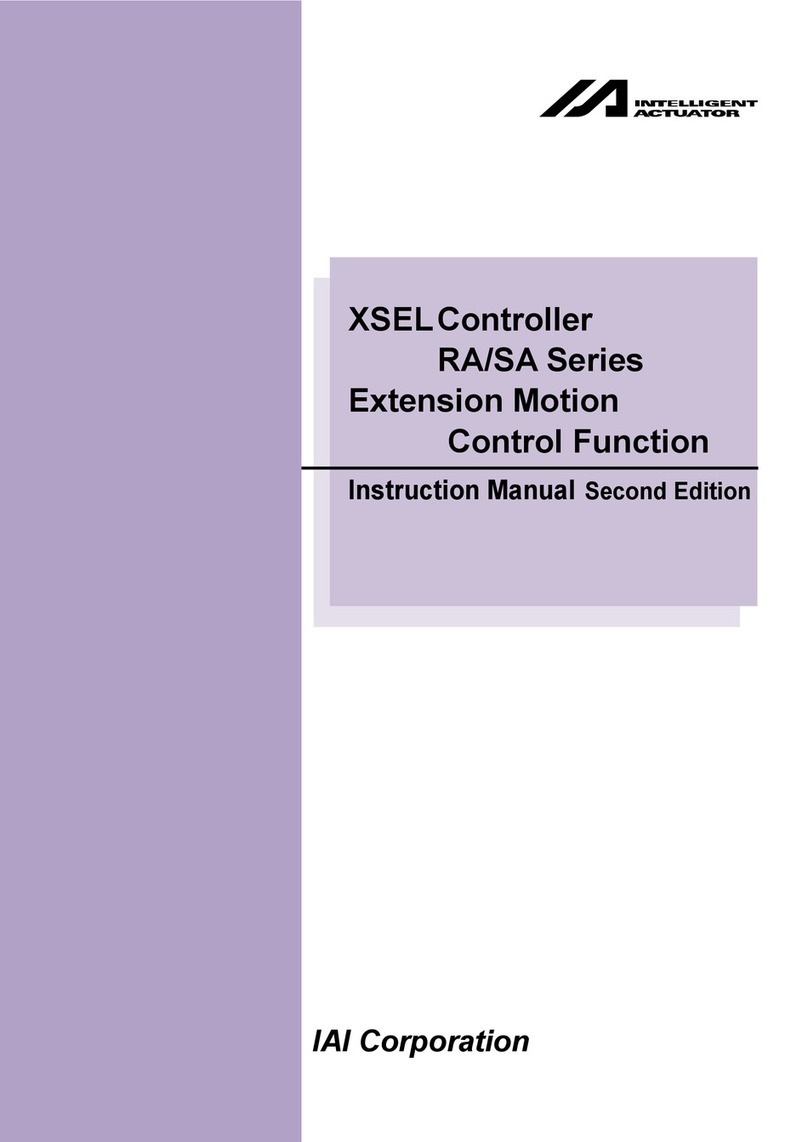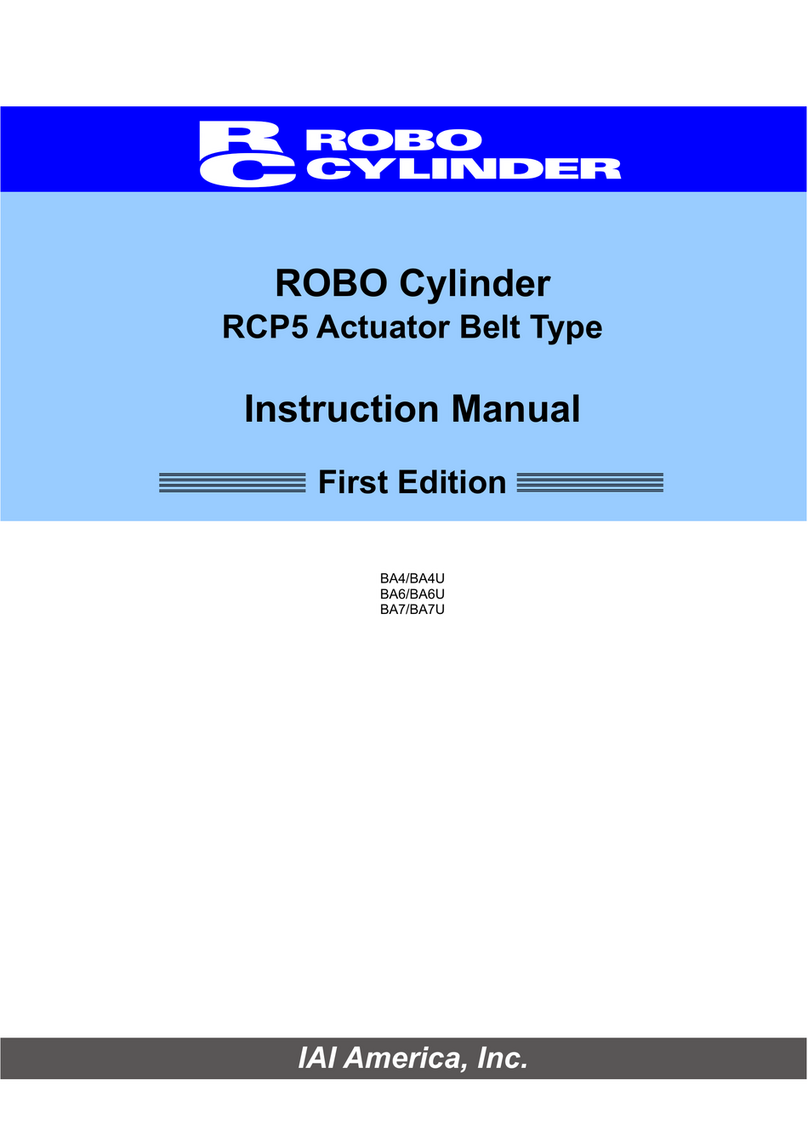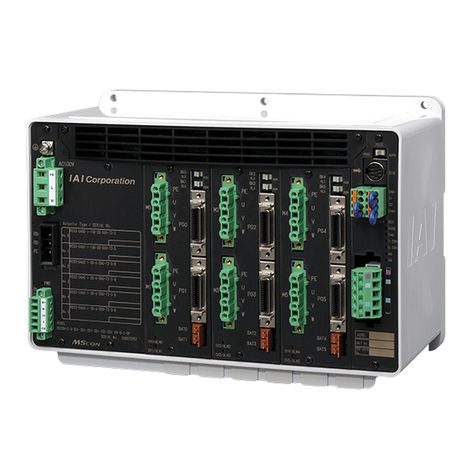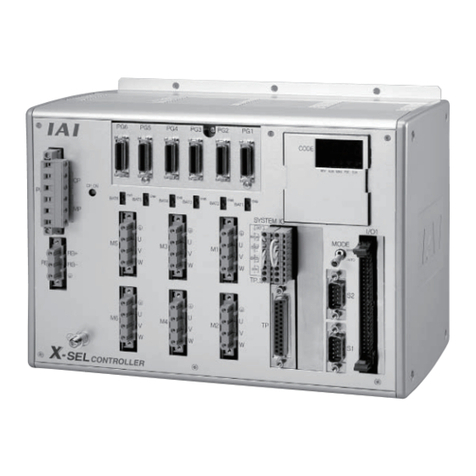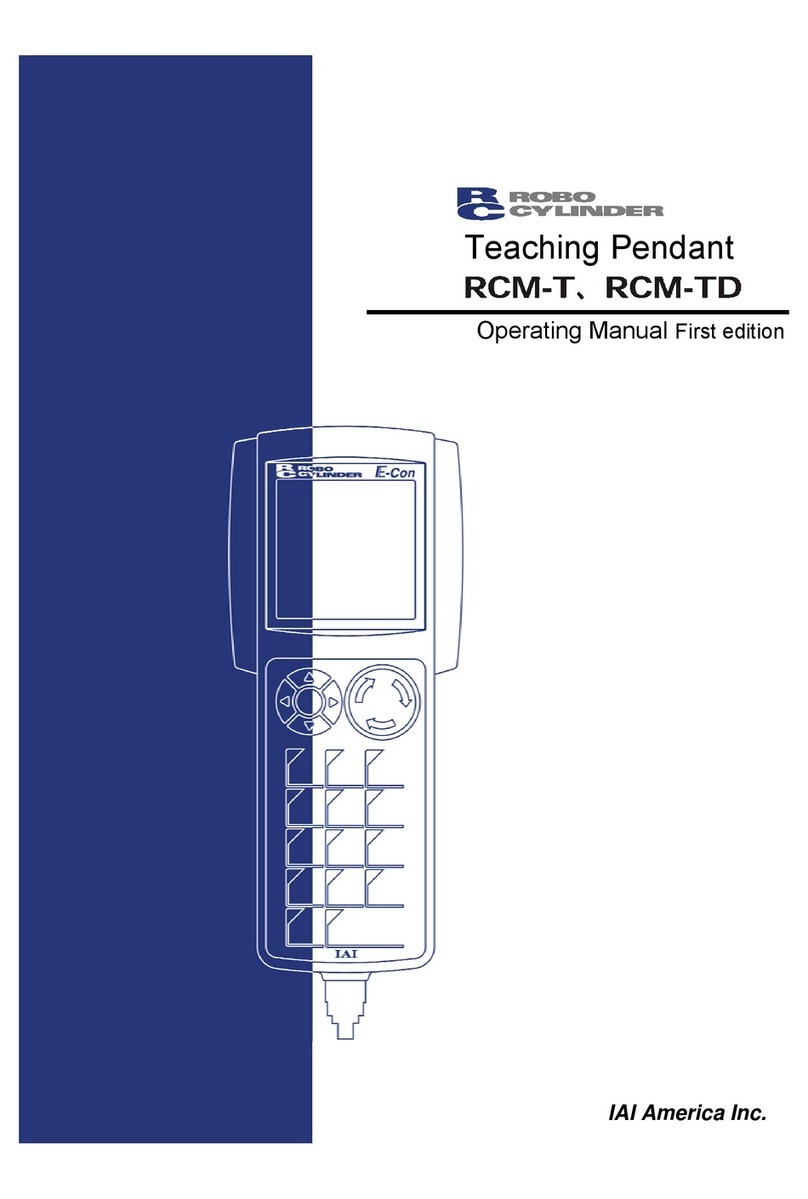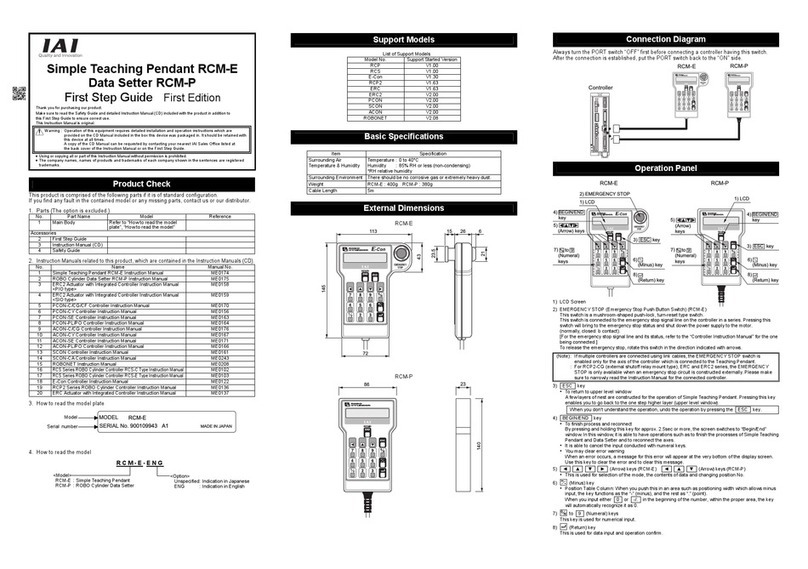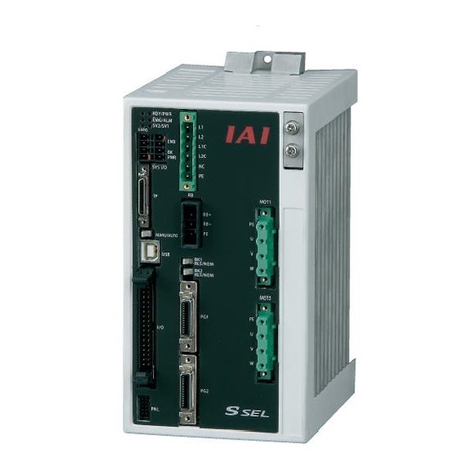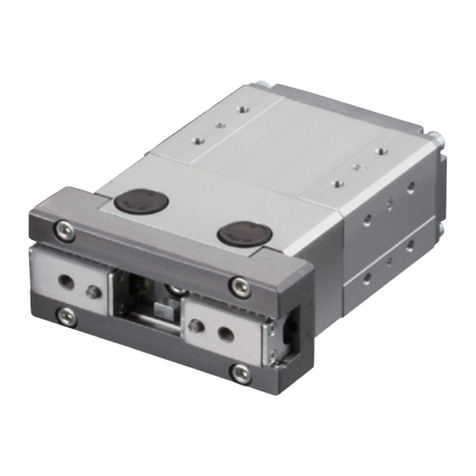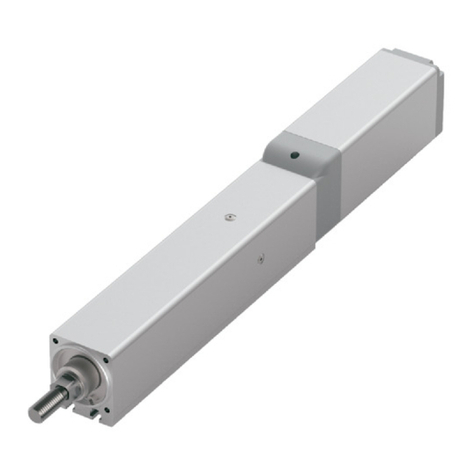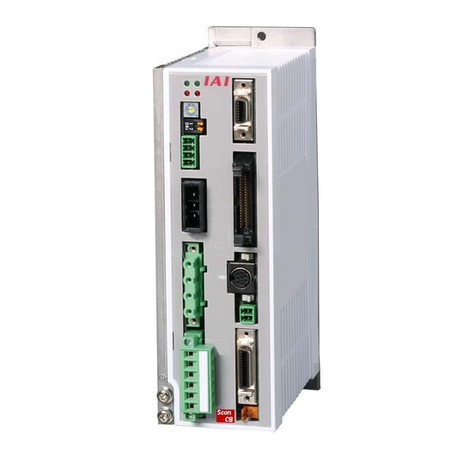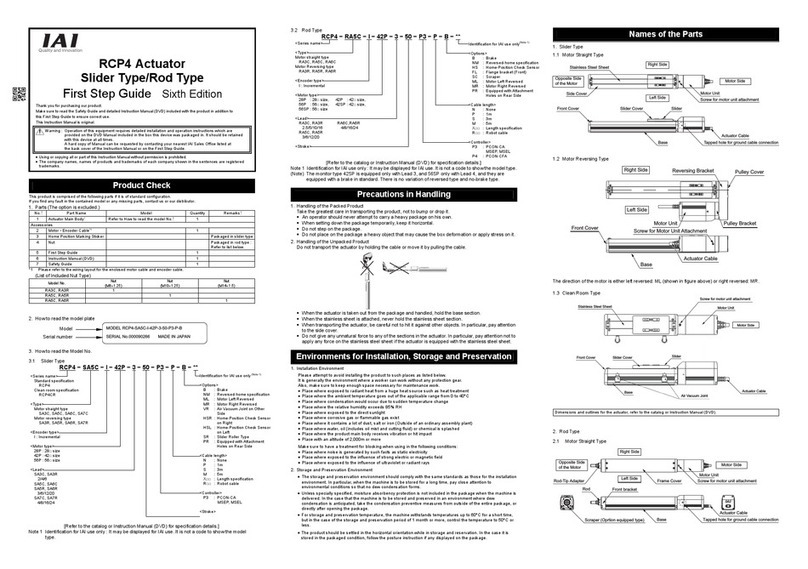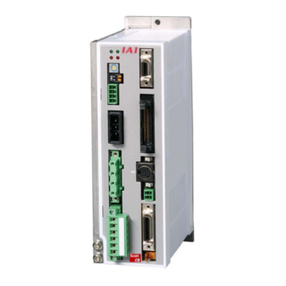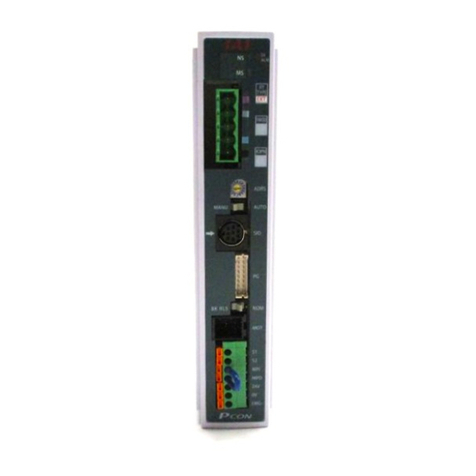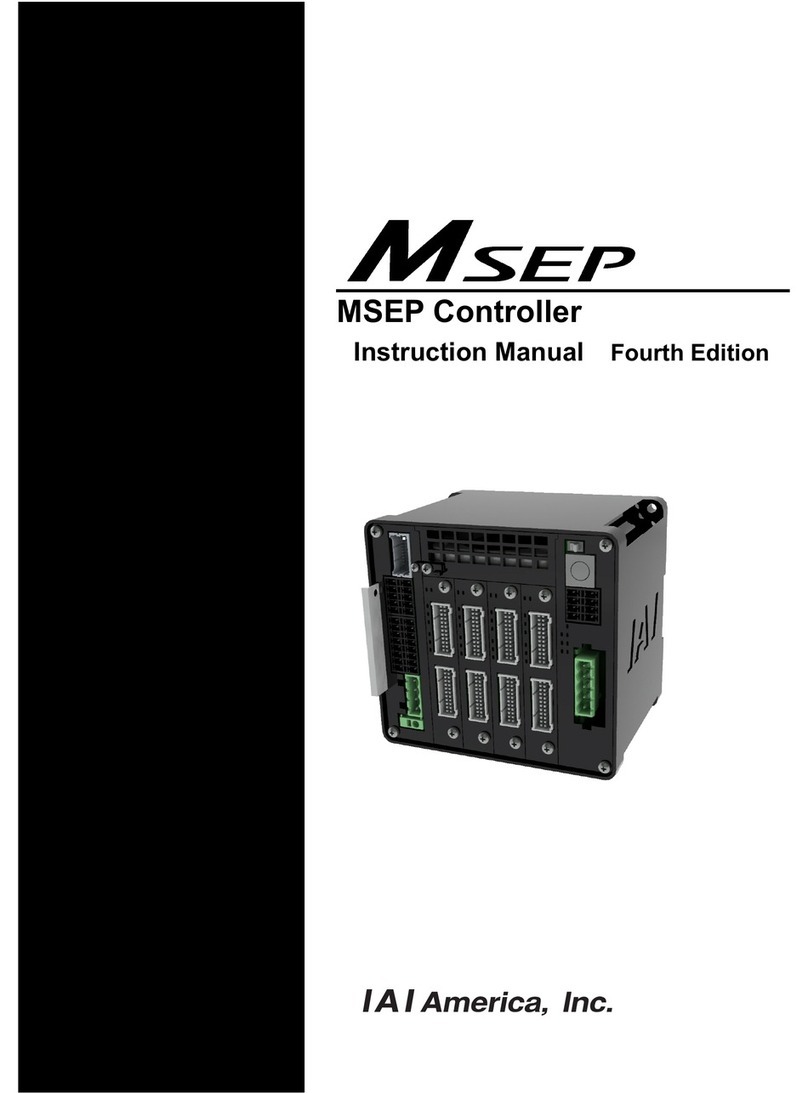
ME0392-4C
Contents
Safety Guide ·················································································· Intro-1
Precautions for Handling ··································································· Intro-8
Precautions for PC connection to SEL unit
grounded at positive terminal of 24V DC power supply····················· Intro-14
International Standard Compliance······················································ Intro-15
About UL/cUL ················································································· Intro-16
Actuator Coordinate System ······························································ Intro-17
Chapter 1 RSEL System
1.1 Overview (About RSEL System)·················································· 1-1
1.2 Features ················································································ 1-2
1.3 Specifications·········································································· 1-5
1.3.1 General specifications ··········································································· 1-5
1.3.2 Environmental conditions ········································································ 1-6
1.3.3 Supper source specifications ··································································· 1-6
1.3.4 Specifications at control part ···································································· 1-7
1.3.5 Usage temperature range········································································ 1-8
1.3.6 General specifications ············································································ 1-8
1.4 Installation·············································································· 1-9
1.4.1 Installation conditions ············································································· 1-9
1.4.2 Installation and mounting ········································································ 1-10
1.4.3 Noise countermeasures and mounting method ············································ 1-11
Chapter 2 System Configuration and Power Specifications
2.1 System Configuration································································ 2-1
2.1.1 System configuration diagram ·································································· 2-1
2.1.2 Configuration unit ·················································································· 2-2
2.1.3 Model code ·························································································· 2-5
2.1.4 Unit list ································································································ 2-9
2.1.5 Set model code for 6-axis cartesian robot (CRS series) ································· 2-10
2.1.6 Teaching tool (option) ············································································· 2-11
2.2 Power Supply Capacity ····························································· 2-12
2.2.1 Power Supply Capacity··········································································· 2-14
2.2.2 Unit connection restrictions······································································ 2-17
ME0392-4C
2.3 In-Rush Current ······································································· 2-22
2.4 Generated Heat ······································································· 2-24
2.5 Rush Current Sequence ···························································· 2-25
2.6 Drive-Source Cutoff ·································································· 2-26
2.6.1 Drive-source cutoff circuit specifications ····················································· 2-26
2.6.2 Drive-source cutoff circuit wiring example ··················································· 2-27
2.6.3 Category 3 or category 4 configuration example ·········································· 2-29
Chapter 3 Specifications of Each Unit
3.1 SEL Unit, Terminal Unit ····························································· 3-1
3.1.1 Overview ····························································································· 3-1
3.1.2 Model code ·························································································· 3-2
3.1.3 Component ·························································································· 3-4
3.1.4 Part names/Functions············································································· 3-5
3.1.5 External dimensions ··············································································· 3-29
3.2 24V Driver Unit, Fun Unit ··························································· 3-31
3.2.1 Overview ····························································································· 3-31
3.2.2 Model code ·························································································· 3-32
3.2.3 Components ························································································· 3-34
3.2.4 Part names/Functions············································································· 3-35
3.2.5 External dimensions ··············································································· 3-46
3.3 200V Power Supply Unit, for 200V Terminal Unit····························· 3-48
3.3.1 Overview ····························································································· 3-48
3.3.2 Model code ·························································································· 3-50
3.3.3 Components ························································································· 3-53
3.3.4 Part names/Functions············································································· 3-54
3.3.5 External dimensions ··············································································· 3-61
3.4 200V Driver Unit, Fan Unit for 200V Driver ···································· 3-63
3.4.1 Overview ····························································································· 3-63
3.4.2 Model code ·························································································· 3-65
3.4.3 Components ························································································· 3-68
3.4.4 Part names/Functions············································································· 3-69
3.4.5 External dimensions ··············································································· 3-76
3.4.6 Driver stop circuit··················································································· 3-78
